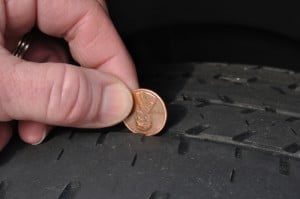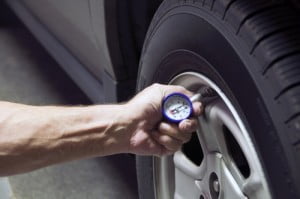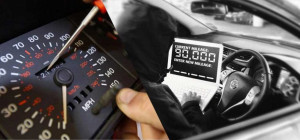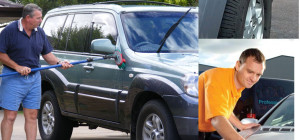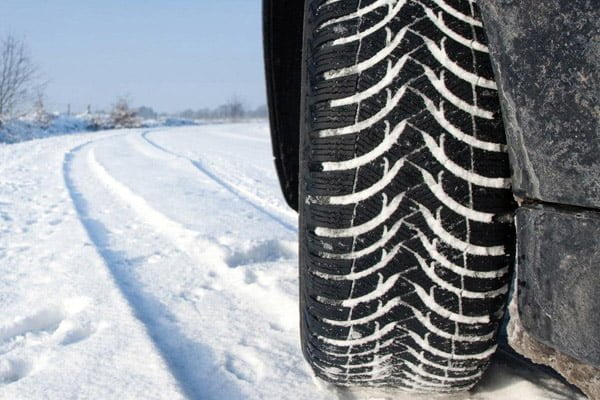 Tire maintenance is rarely at the front of most people’s minds. You expect your car to always be available and ready to take you wherever you’re going. However, taking proper care of your tires is as important as regular oil changes and general maintenance to your vehicle for safety and performance reasons. There are several ways to know if it’s time to buy new tires and plenty of reasons to be sure you do.
Tire maintenance is rarely at the front of most people’s minds. You expect your car to always be available and ready to take you wherever you’re going. However, taking proper care of your tires is as important as regular oil changes and general maintenance to your vehicle for safety and performance reasons. There are several ways to know if it’s time to buy new tires and plenty of reasons to be sure you do.
How to Check Your Tires
The Penny Test
One of the quickest and easiest ways to test the tread on your tires is the penny test. Simply take a penny and insert it with Lincoln’s head down into the groove. If you can see the top of Lincoln’s head, it’s time for a new tire. This means the tread has less than 2/32nds of an inch of tread depth left and is at industry standard for replacement as well as the legal minimum.
If wet roads are a common occurrence and a concern, you should consider changing tires when the tread is at 4/32nds of an inch, which is indicated by placing a quarter across several grooves in the tire. If most of Washington’s head is covered, you have more than 4/32nds of an inch.
And, if snow is an issue where you live, it’s especially important to change your tires when the treads dip below 6/32nds of an inch. This can be determined by placing a penny in the grooves. If the top of the Lincoln Memorial remains covered, you have more than 6/32nds. This is important because in snowy conditions the snow must be able to be compacted and released easily for tires to retain traction on the road.
Wear Bars
Wear bars are inserted into all tires sold in North America as visual indicator to drivers that their tires need to be replaced. They run from shoulder to shoulder across the tire and can only be seen when the tread has worn down to 2/32nds of remaining depth. Keep in mind that summer performance tires wear faster than all-season tire.
Causes of Wear on Tires
Under or Over-inflation
According to a study by the National Transportation and Safety Administration, more than 25% of passenger cars and 33% of light trucks have under inflated tires. Without proper inflation, you increase wear on your tires, meaning they have to be replaced sooner; you decrease gas mileage by 10 cents per gallon; risk tire failure, which can be dangerous; and can expect poor handling, especially in weather.
The best way to know the proper air pressure for your tire is checking your owner’s manual or on the driver’s side door jam. Some cars now include it on the gas cap. The pressure listed on the tire itself is generally a maximum tire pressure and not necessarily the ideal.
Alignment and Balance
Tires that are out of alignment or imbalanced will also wear much faster. Have them balanced and aligned every 5,000 to 8,000 miles or every other oil change. Because this type of problem will often cause the tire to wear unevenly, it’s important to do the penny test on several points of the tire to get an accurate idea of wear.
Dry Rot and Cracks
Dry rot occurs when oils and chemicals in the rubber start to break down because of UV exposure. The sidewalls will develop cracks and the rubber will lose its flexibility until the tire eventually fails beyond repair. Be particularly wary if the sidewall develops a bulge because it has likely developed a weak spot, indicating imminent failure.
Remember, if you can see damage on the outside of your tire, there could be additional problems on the inside that remain unseen. Take your vehicle to a tire professional to have your tires inspected to avoid potentially dangerous and expensive blowouts.
Though tires often go unappreciated, they are a likely a vital part of your daily life. Without them, you might not get to work, run errands or find entertainment. With the proper attention and care, tires are reliable and durable. Use these tips to stay aware of the potential dangers of a worn tire and get them replaced before it’s too late.

